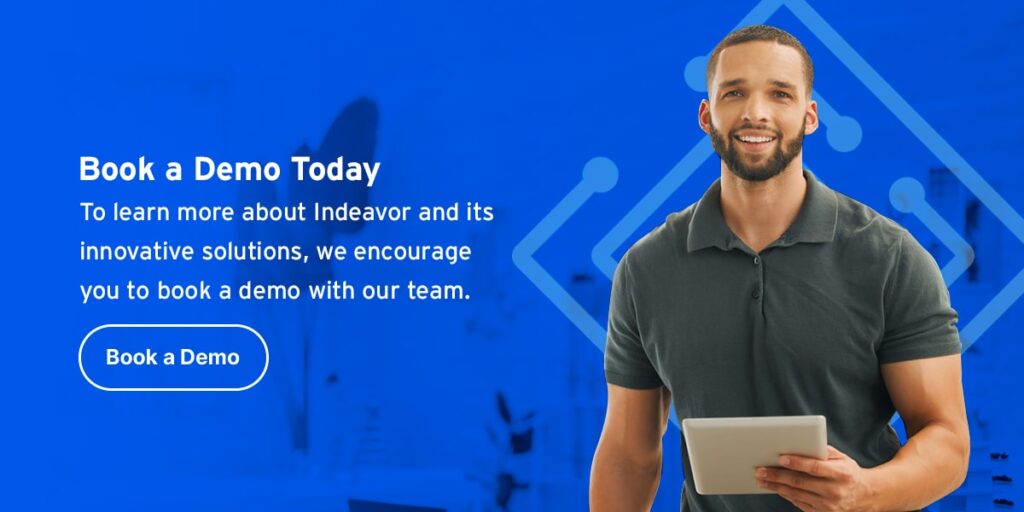Summary: When managing your day-to-day business with enterprise resource planning (ERP) software, you could be experiencing a few pitfalls. For example, your ERP may include workforce management software but relegates enterprise shift scheduling, demand planning software, and employee resource planning to the sidelines in favor of a more monolithic approach. You may have also recently completed a collective bargaining agreement, but your single ERP platform has limited ability to monitor employee absences, vacations, overtime, and, most importantly, union rule compliance. You need a tool to optimize your scheduling system that will integrate with all your workforce management system ERP programs, which are currently lacking in areas of demand and resource planning in terms of a compliant scheduling system.
What is Composable ERP?
Composable ERP, according to Gartner® report, is “an adaptive technology strategy that enables the foundational, administrative and operational digital capabilities, enabling an enterprise to keep up with the pace of business change.” [1]
In short, composable ERP is a strategy, not a software package.
Why Composable ERP is a Different Approach
ERP strategy was once a one-time strategic software purchase. The vendor’s applications were a hit-or-miss approach, and the buyer often ended up with a system that served as a “single source of truth”. The single-source purchase relied solely on the ERP vendors’ capabilities, and the result was that the purchaser was stuck with a costly system inhibiting business agility.
Composable ERP goes a step beyond by:
- promoting a cloud-based architecture that is vendor agnostic
- employing a combination of ERP suites with “best of breed” solutions
- determining the best applications to fulfill the organization’s strategic requirements
- having a built-in architecture to launch web services and leverage APIs for pre-defined business capabilities
Why You Need Composable ERP
The digital age has changed the way organizations operate. If you hope to keep up with the ever-changing market demands, reach new customers, and expand your brand, the road to success goes through an agile composable ERP.
Disruption is the name of the game.
The coronavirus pandemic of 2020 and 2021 accelerated the demand for more flexible ERP solution portfolios. As more new business-specific applications respond to new demands, they have become the future components of composable ERP.
Gartner also predicts, “by 2022, 25% of new applications will be delivered, priced and consumed as libraries of packaged business capabilities, up from less than 3% in 2019 (see 2020 Strategic Roadmap for the Future of Applications). This rapid growth toward a composable application architecture will also contribute to faster deconstruction of the monolithic approaches pursued in the past.”
So, CIOs are faced with the dilemma: should they continue their reliance on their current complex solutions, or deploy third-party composable ERP strategies? It’s a tradeoff, as well as a transitioning process, as new composable business applications gain independence from monolithic ERP.

Market implications for the growth of these new applications include:
- an accelerated demand for flexible application portfolios
- an increase in ERP customer demands for faster, smarter capabilities
- the need for connected enterprises and more agile business outcomes
- an increased pressure on single-vendor monolithic ERPs
- an acceleration of digital advances towards a composable ERP model
What CXOs and Human Resources Should Do to Transform Their ERP Strategy
CIOs planning to transition to a composable ERP strategy do the following:
- Leverage business movements towards business capabilities that are interchangeable—CIOs need to keep the composable strategy upfront and embed those capabilities in a way that accelerates or leverages a core feature of their overall digital portfolio.
- Capitalize on the impetus—or “tailwinds”—created by the current business disruption–Accelerate “a more flexible and composable ERP architecture.”
- Assure stakeholders that the goal is not to deconstruct the entire monolithic ERP solution. Rather, the goal is to build an ERP strategy that is more responsive and adaptable to business goals.
- Define an “enterprise roadmap,” which will emerge from a set of long-term goals based on architecture assessments and the current technology and architecture assessment.
How to Ensure ERP Delivers the Value Organizations Require
To make the most out of your ERP system, CXOs and Human Resource Leadership should adopt a responsive and composable ERP strategy that keeps up with rapidly changing business requirements. Take time to audit critical legacy systems to review replacing or renovating them, while rejecting new monolithic solutions.
Analyze the opportunity to deploy packaged, vertical ERP solutions, thereby reducing the burden of building a unique portfolio. This approach enables agility, reduces customizations, and allows rapid swapping of applications and components.
Consider “post-implementation” solutions integrated extensions, changes, and enhancements– as the next steps on the business’s road map to full digital transformation. One such integration to move a business forward in digital transformation is to further eliminate paper processes, including paper punch cards, schedule posters, and requested time off slips.
Workforce Management ERP Integrations
A composable ERP strategy can leverage advanced planning with a detailed workforce management integration such as an automated scheduling system. Accessing employee schedules via integration provides a 360-degree view to meet staffing needs to production demands so you don’t understaff, causing internal frustration and burnout, or overstaff and waste labor spend on expensive overtime hours.
With a vertical-focused workforce management solution provider, you can pull data from your composable ERP strategy and communicate directly with your scheduling system, such as Indeavor Schedule. Advanced functions performed in your ERP system can now be pulled into Indeavor Schedule and leveraged in your labor optimization strategy to make the most out of both your enterprise resource planning system and your production line. This approach offers consolidated reporting and labor analytics to continue optimizing your workforce.
Conclusion
According to Gartner:
By 2024:
- “Over 40% of midsize/large enterprises will select their next ERP vendor based on mature, preconfigured best practices for their industries.”
- By 2024, at least 65% of large organizations will invest strategically in integration capabilities. [2]
By 2025:
- Over 70% of large enterprises will move from monolithic ERP to “a more inclusive composable strategy.”
- Over 65% of “post-implementation” ERP changes will come from the creativity of citizen developers “using low-code application platforms.” [2]
[1] Gartner, “The Future of ERP Is Composable”, Tim Faith, Denis Torii, Paul Schenck, 13 October 2021.
[2] Gartner, “Predicts 2021: Time to Compose an ERP Strategy to Outpace Disruption”, Denis Torii, Dixie John, Duy Nguyen, Tim Faith, Paul Schenck, 4 December 2020.
GARTNER is a registered trademark and service mark of Gartner, Inc. and/or its affiliates in the U.S. and internationally and is used herein with permission. All rights reserved.
For more information about Indeavor’s automated scheduling system that integrates with your ERP program, contact us now and someone will be with you shortly.






